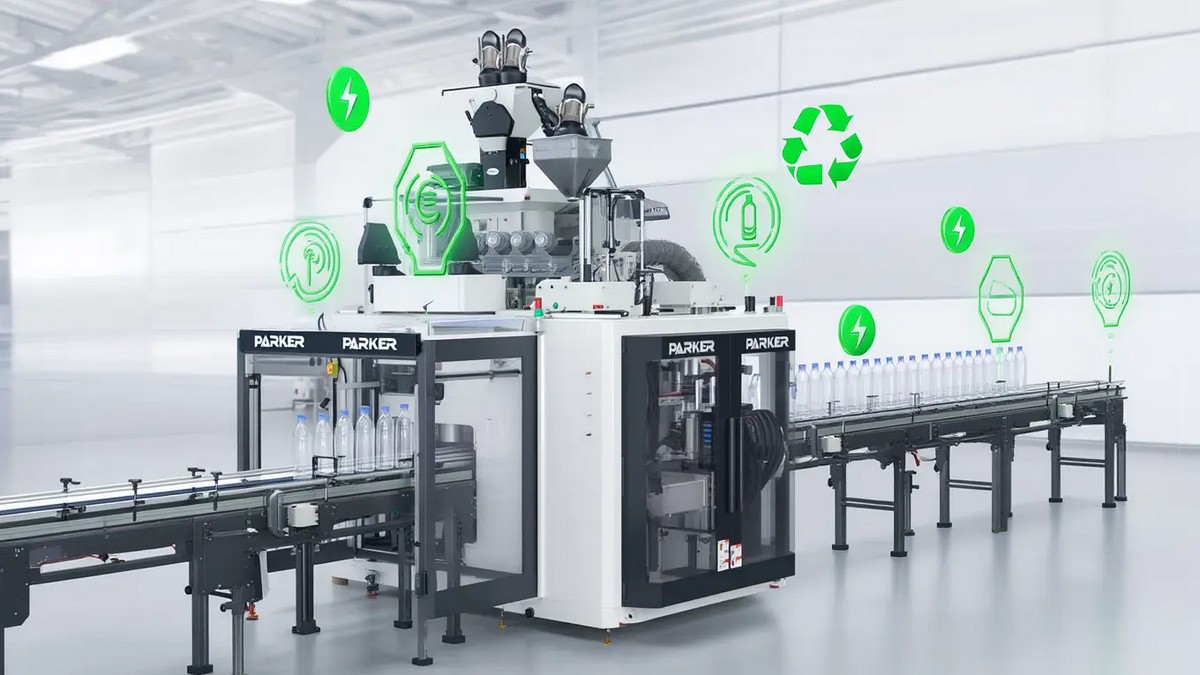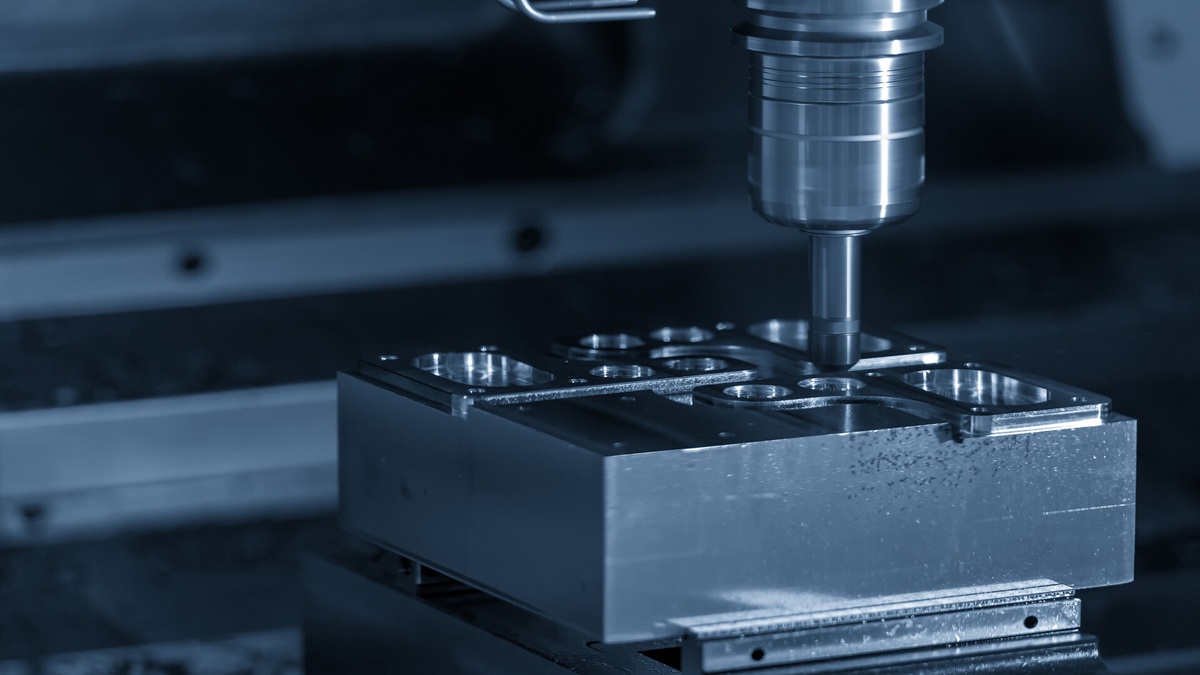It is a large category of aircraft, which refers to any machine that obtains aerodynamic lift-off flight through the relative motion of the fuselage and the air.
What is an Aircraft?
In the minds of many people, an aircraft is an aircraft, and an aircraft is an aircraft. But in fact, they are not the same thing. Aircraft includes various man-made flying objects that can fly in the air, and aircraft is only one of the aircraft. In addition to aircraft, there are balloons, airships, helicopters, gliders, etc.
A helicopter is another major type of aircraft. Due to this performance of the helicopter, it is now widely used in various aspects such as rescue, offshore oil exploration, agriculture, forestry, and military. Compared with airplanes, helicopters have a more complex structure, high fuel consumption, and slow flight speed, so they are only active in some specific fields. After the 1940s, the aircraft became the main item in the aircraft. The number of aircraft used accounts for more than 97% of the total number of various types of aircraft. Aircraft can be used in military, transportation, cargo, civil aviation, and other fields.
What are the Areas of Aviation Industry Development?
The basic structure of the aircraft and the basic shape of the wing, in addition to improving the lift provided by the wing, the aircraft must have a fuselage to install the engine and accommodate passengers. The take-off and landing of an aircraft are supported by a set of landing gear systems that support the weight of the aircraft and its movement on the ground. The rudder and elevator and other mechanical structures of the tail control the flight direction and climb and fall of the aircraft, which are collectively called the tail. It was finally determined that the parts that make up the aircraft include the wings, fuselage, engines, landing gear, and tail.
- Body structure:
Product items: military aircraft body structure, single-aisle aircraft fuselage section, business aircraft tail section, helicopter cockpit section, aircraft door, flight control surface, engine Pylon, aircraft landing gear components, and other metal and composite structural systems/components.
- Engine:
Product items: compression section, combustion chamber, casing, vane, diffuser, ring parts, fasteners, pipe fittings, etc.
- Aircraft interior:
Product items: aircraft cabin seats, seat structures, cabin fabrics, aviation containers/pallets/cargo nets, oxygen masks, etc.
- Avionics:
Product items: cockpit display panels, power converters, cabin infotainment systems, microelectronic circuits, connectors, touch panels, cabin wireless intelligent control systems, aircraft antennas, etc.
- Aviation Maintenance:
Products: Wide-body/narrow-body passenger aircraft, military aircraft, helicopters and other airframes, engines, accessories, aeronautical and electrical maintenance, and passenger aircraft to cargo aircraft, etc.
Taiwan's Aircraft Industry Before the Epidemic:
Due to Taiwan's position as a hub in the Asia-Pacific region, domestic industry players have international aviation standards, and in recent years, the demand for new international aviation aircraft has increased and the national aircraft manufacturing policy has made the output value outstanding. The output value of aircraft maintenance accounts for about 70% of the aircraft industry. With the rise of low-cost airlines and the vigorous development of air transportation, the international maintenance market continues to expand, and the industry is actively developing new customers, which has led to the continuous expansion of my country's aircraft maintenance industry. The output value of Taiwan's aircraft and parts manufacturing has continued to expand, and the output value of aircraft and parts manufacturing is mostly increasing year by year.
Future Aerospace Industry Market Forecast:
Although the demand for aircraft has been sluggish recently, it is generally predicted that by the end of 2040, it will grow to 1.6 times that of the end of 2019 before the outbreak. In addition, the market size of the space industry is also expected to triple by 2040, and the demand for parts processing for rockets and satellites will indeed increase. In the medium and long term, the aerospace industry is expected to grow.
According to statistics, the RPK in 2020 decreased by 65.8% compared with 2019 before the epidemic, and last year was reduced by 58.4% compared with 2019. Although it has improved slightly, it has not yet returned to the level before the epidemic. Demand for domestic routes has picked up, but international routes continue to face severe challenges. It is estimated that the total number of passengers on domestic and international routes combined will not return to pre-pandemic levels until 2024. Airlines are forced to re-evaluate their new aircraft purchase plans due to the epidemic, and aircraft manufacturers and suppliers are facing difficulties. In 2020, many aircraft manufacturers and engine manufacturers have decided to reduce production. Japanese heavy industry manufacturers and parts processing companies, which are major suppliers, have been affected by the epidemic. Due to the sharp drop in orders from the aircraft industry, some companies use their processing technology to enter other markets such as semiconductor-related industries.
As for the United States, the main market of the aircraft industry, good news has recently begun to spread. However, when the aviation industry overcame the difficulties of the epidemic and was about to take off again, it encountered the outbreak of the Russian invasion of Ukraine. Russia has the world's largest manufacturer of titanium materials. Many aircraft manufacturers originally purchased titanium materials and raw materials from the company. They are now looking for alternative procurement channels. The supply chain chaos seems to continue. In addition, it is predicted that narrow-body passenger aircraft are expected to return to that level around 2023, and the demand for engines will also increase. Wide-body airliners won't return to normal levels until around 2025.
The market size of the space industry will grow to 120 trillion yen in 2040, about three times the current size. The space industry can be roughly divided into the space machinery industry, which includes rockets and satellites, and the space utilization industry, which uses space as an infrastructure. Although the main market for the space industry is currently Europe and the United States, Japan has also begun to seriously strengthen the space industry. Since rockets and satellites carry many metal parts, if the market for the space machinery industry grows, the demand for parts processing will also increase.








.jpg)
.jpg)
.jpg)

.jpg)

點-m-90454917_m.jpg)